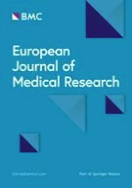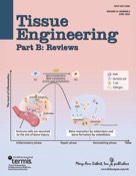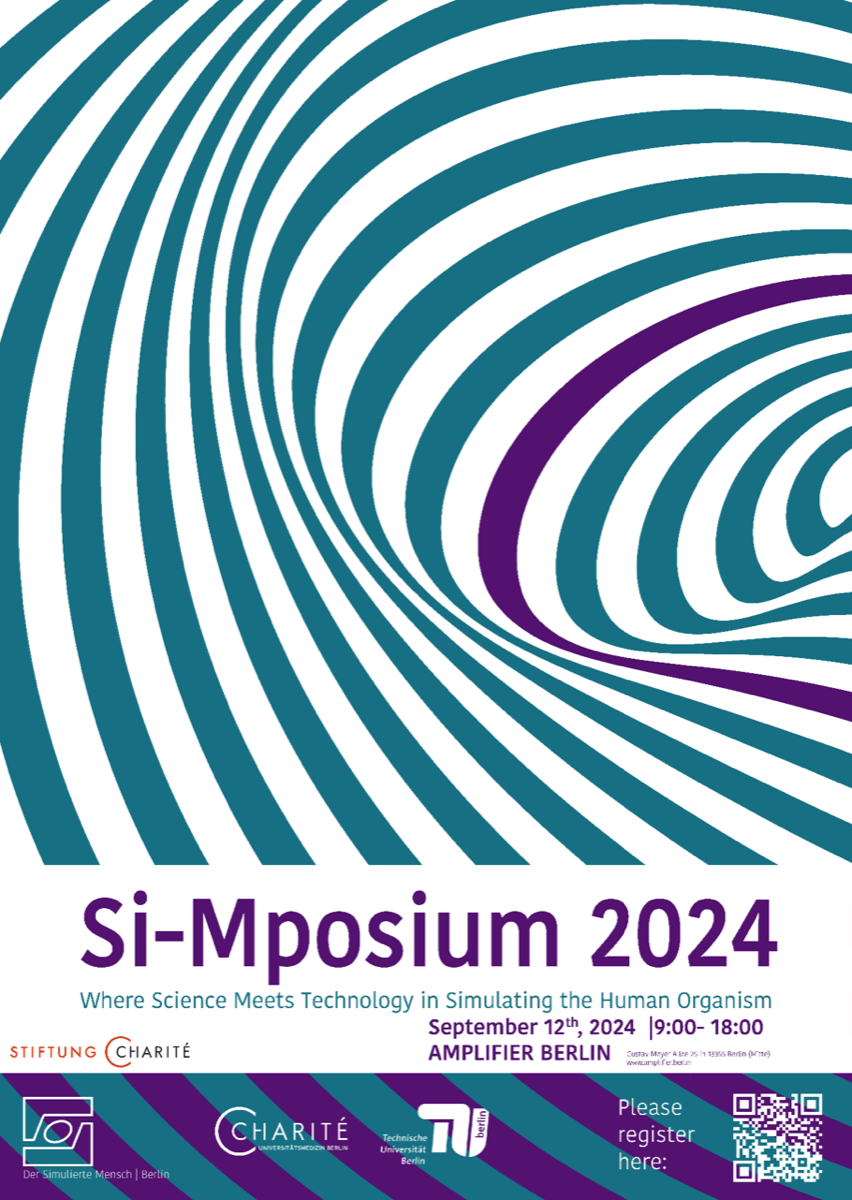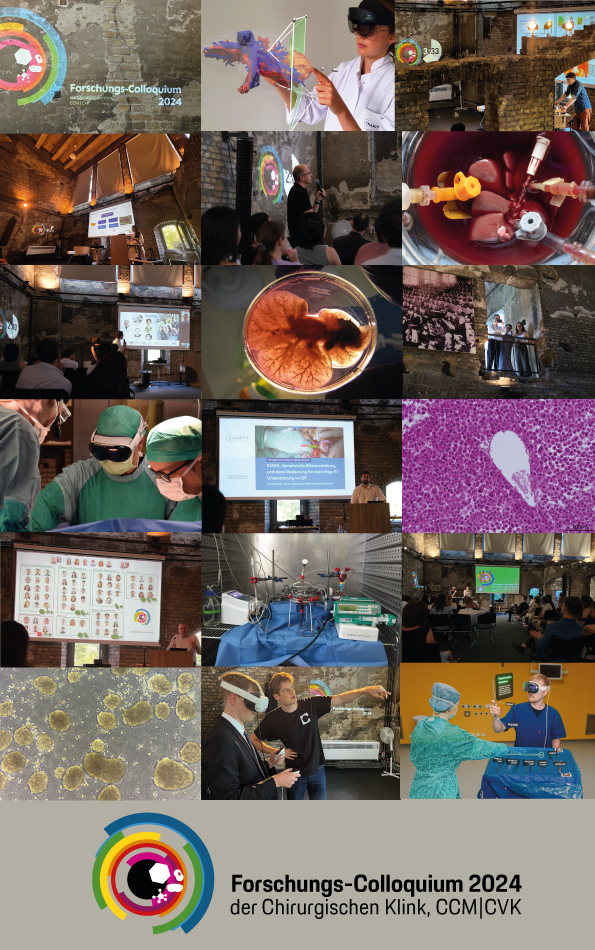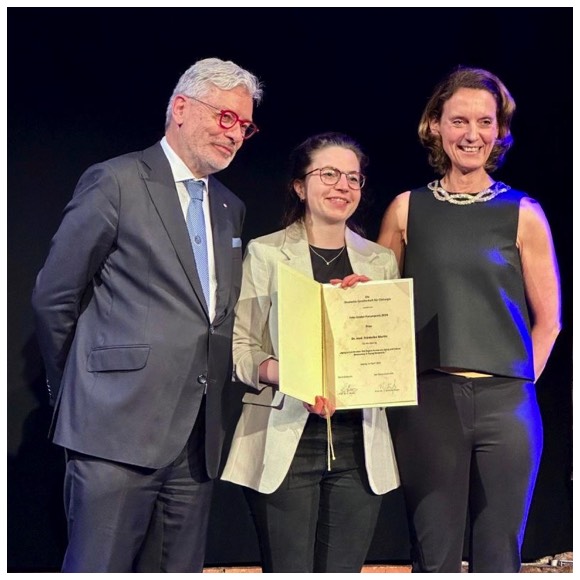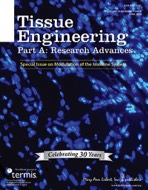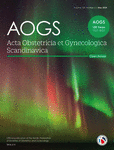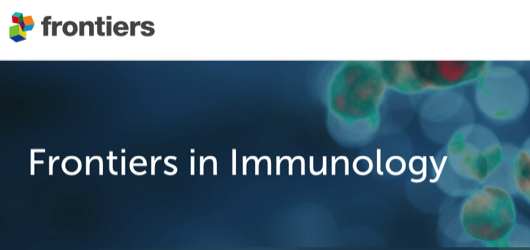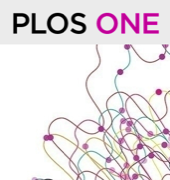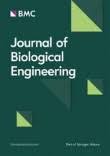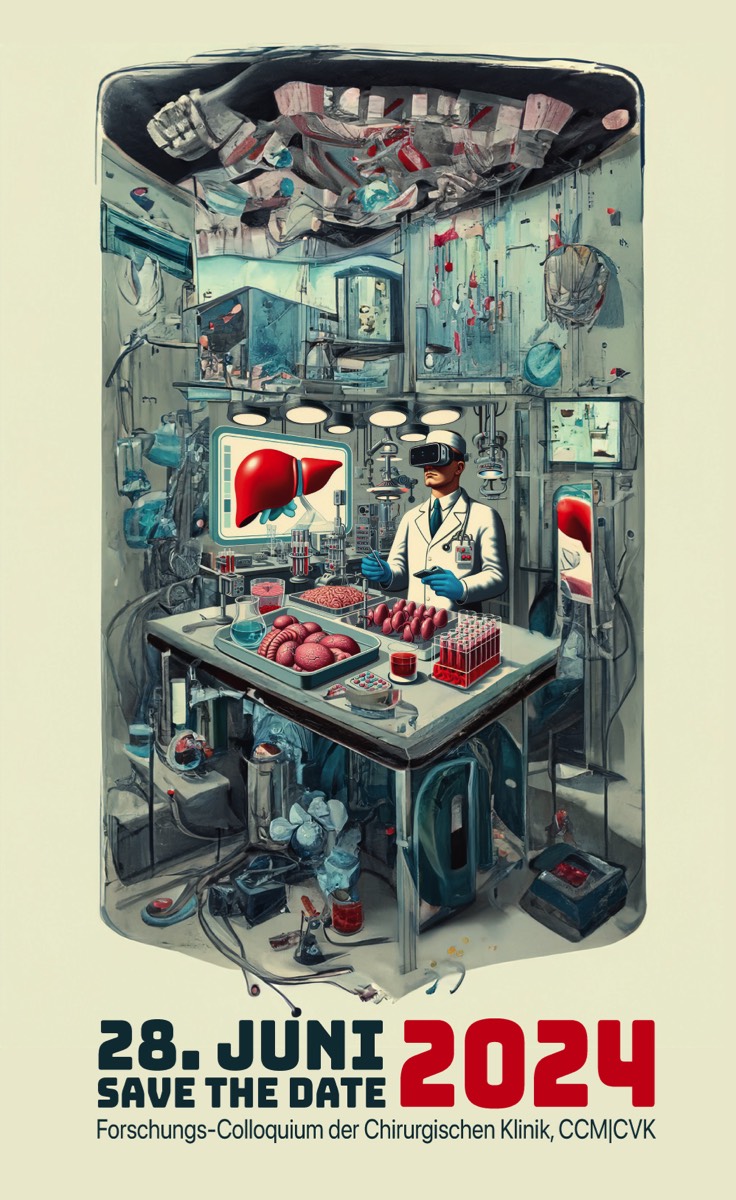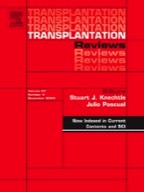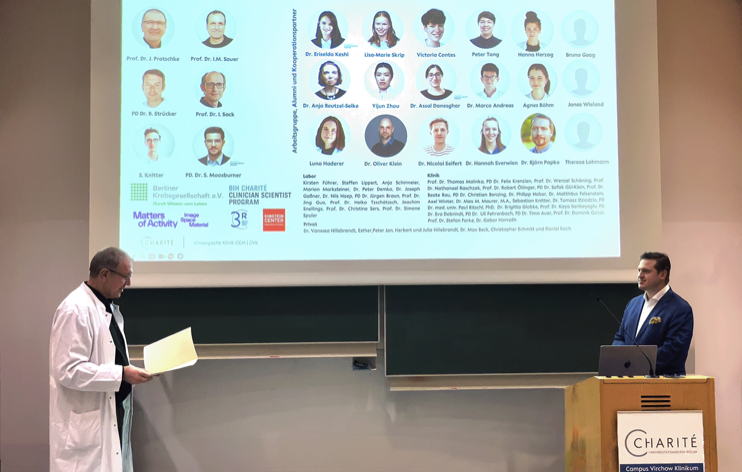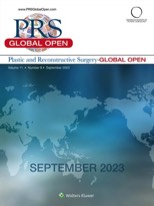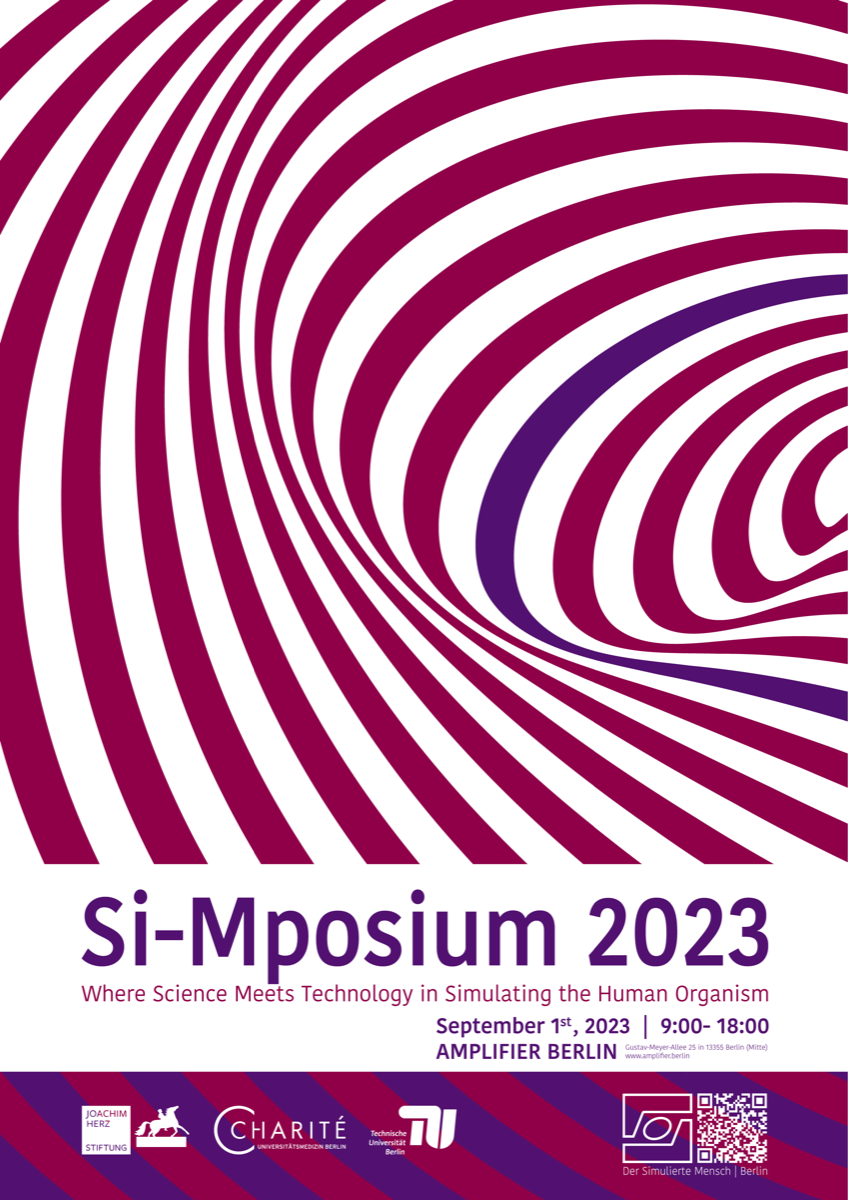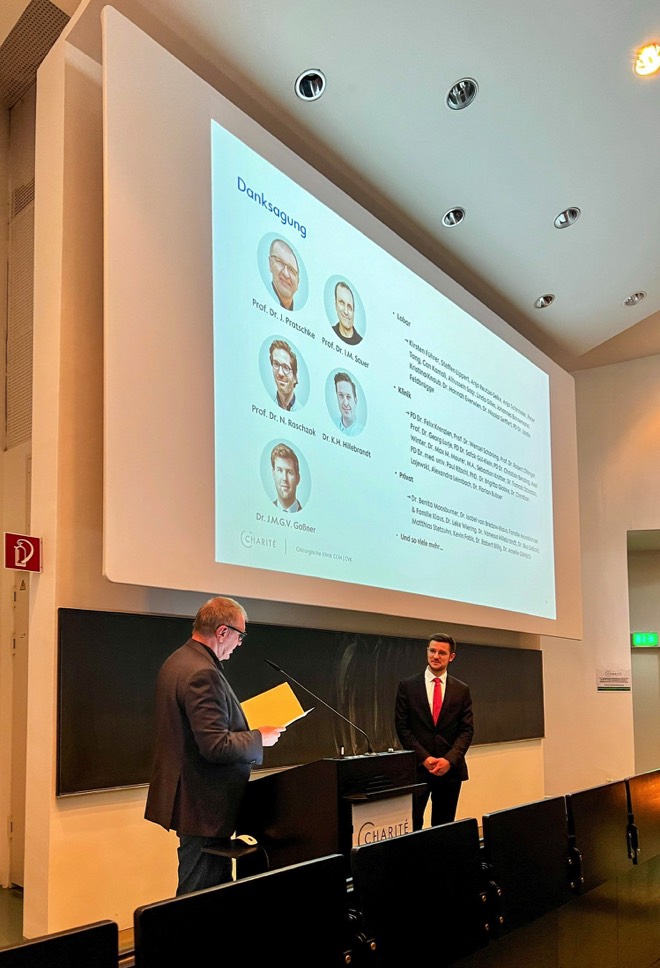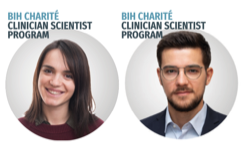Organ Transplantation and Organ Donation – A Social Responsibility? Experiences in Spain and Germany
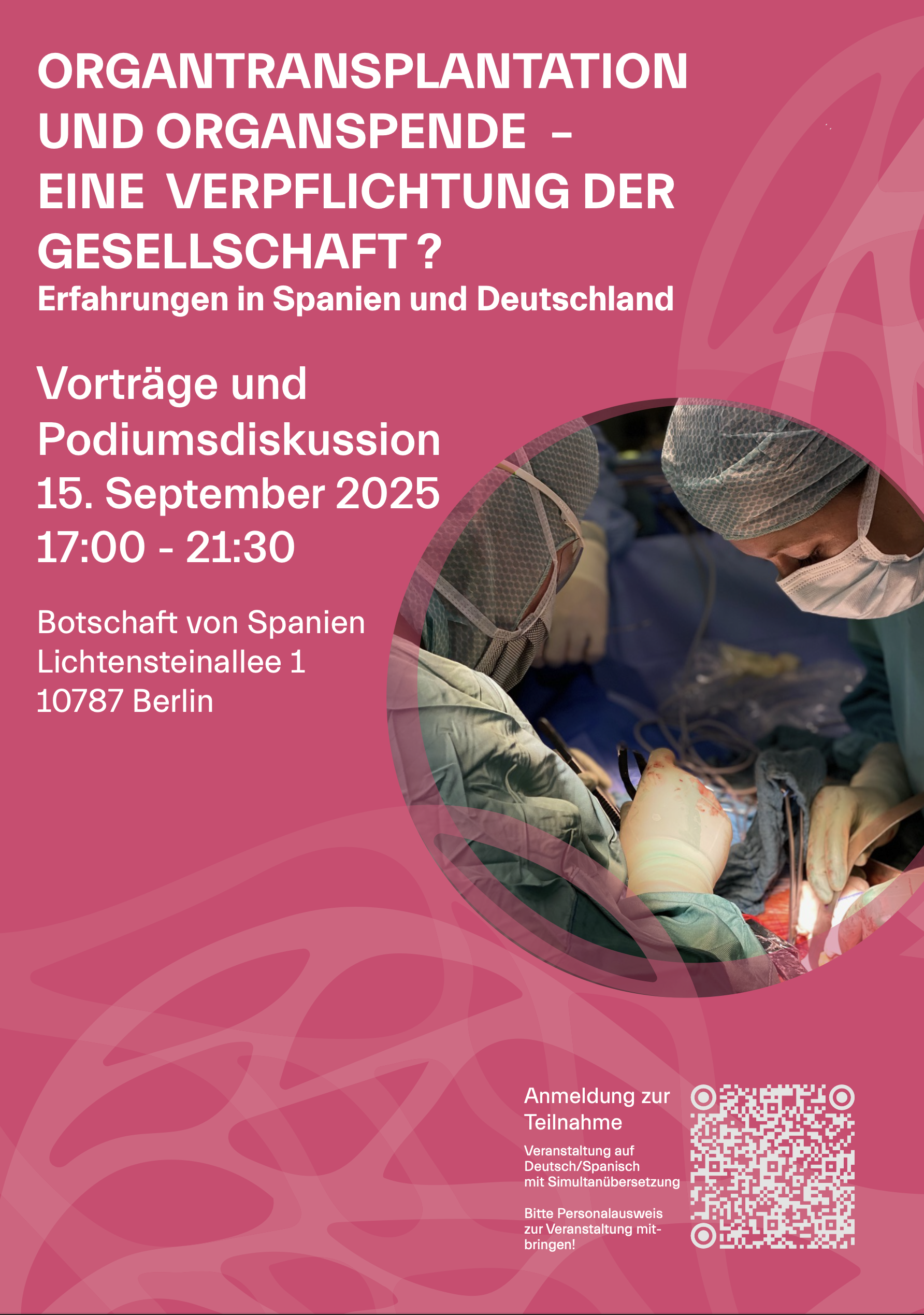
Organ Transplantation and Organ Donation – A Social Responsibility?
Experiences in Spain and Germany
Monday, September 15, 2025, 5:30 – 9:30 p.m.
Embajada de España | Embassy of Spain
Lichtensteinallee 1, 10787 Berlin
Organ transplantation is the therapy of choice for end-stage organ failure. Despite its life-saving potential, this therapy is not available to all patients in Germany, as a lack of willingness to donate has led to a shortage of organs. Together with the Embassy of Spain in Berlin, we would like to explore this topic further. By examining the different experiences of Spain and Germany—two European countries with very different approaches to organ donation—we aim to discuss opportunities, challenges, and possible ways to increase donation willingness. Experts in organ transplantation from both countries will highlight differences and engage in discussion with the audience.
We look forward to welcoming:
• Dr. Beatriz Domínguez-Gil, Director of the Spanish Transplant Organization (ONT),
• Dr. Luis Rodríguez-Bachiller Villaronga, Gregorio Marañón University Hospital,
• Dr. Alberto Sandiumenge Camps, Vall d’Hebrón University Hospital
• Franziska Bleis, Patient Ambassador,
• Dr. Axel Rahmel, Medical Director of the German Foundation for Organ Transplantation,
• Dr. Dr. Sandra Loder, Managing Physician, German Foundation for Organ Transplantation, and
• Prof. Dr. Johann Pratschke, Director of the Department of Surgery, Charité.
The event will be moderated by Christian Maier.
The event takes place within the framework of the special exhibition “Vessels: Infrastructures of Life” of the Berliner Medizinhistorisches Museum and Experimental Surgery | Charité, in cooperation with the Cluster of Excellence “Matters of Activity” at Humboldt University of Berlin, as part of the __matter Festival 2025. We gratefully acknowledge the generous support of Stiftung Charité.
Please register for the event here.





